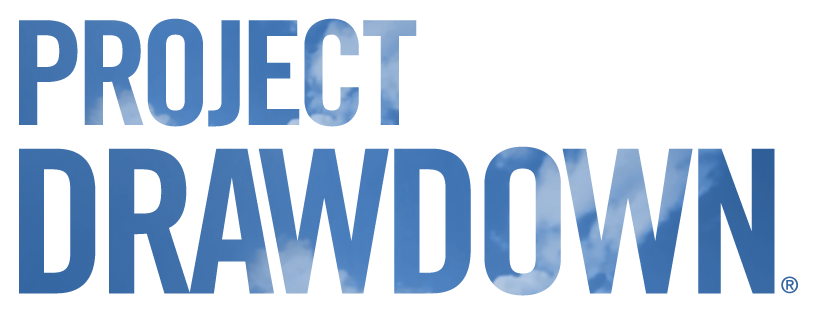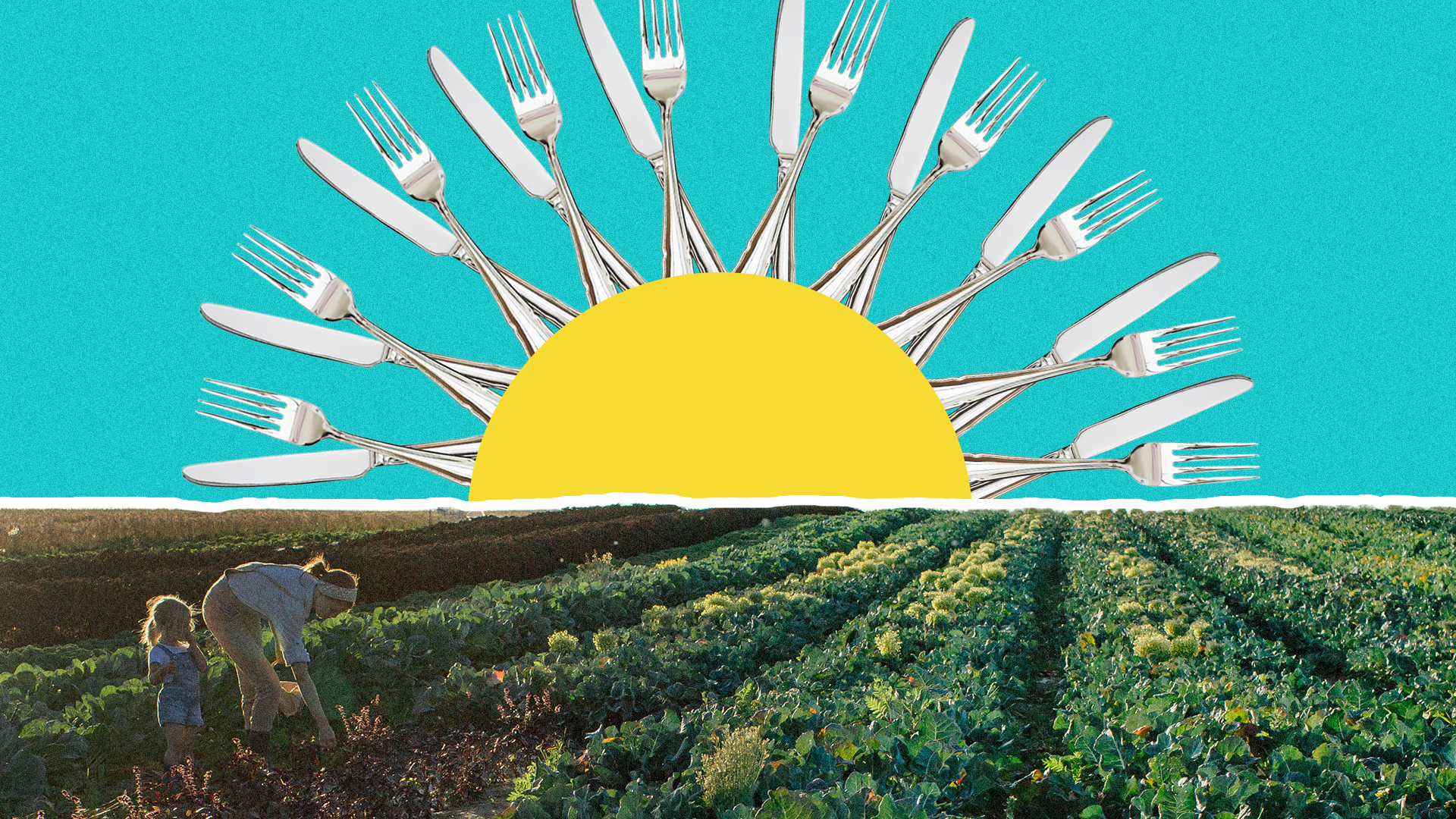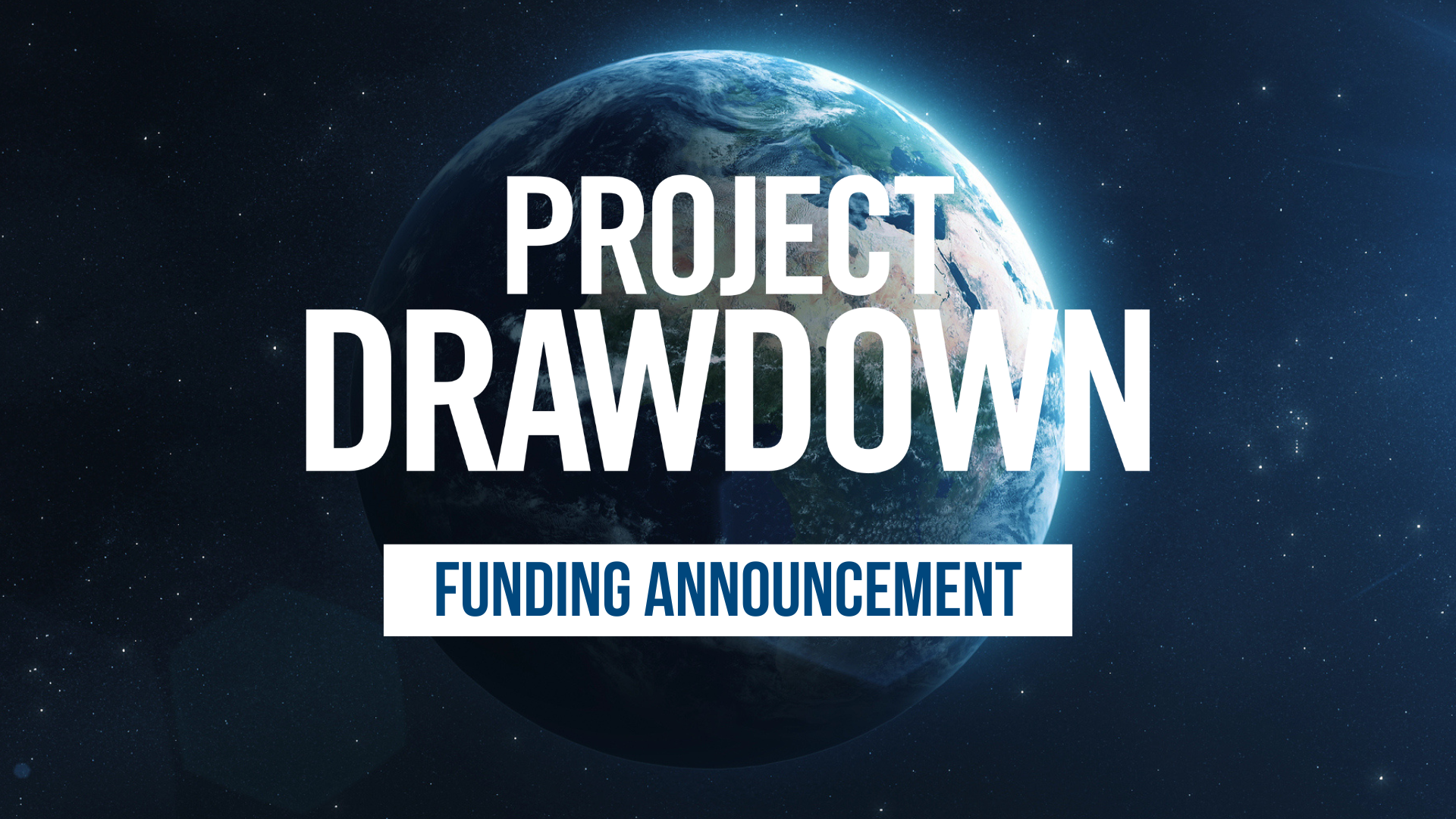Drawdown Labs year in review

To be a business climate leader in the 21st century, doing incrementally “less harm,” relying on offsets, and making far-off emissions reductions commitments no longer make the grade. And while the U.S. Congress repeatedly fails to lead on climate, the private sector must dramatically level up its ambition and action. We need a new definition of business climate leadership, one that not only dramatically reduces emissions, but also mobilizes capital, skills, and technologies—as well political and cultural influence—to scale climate solutions, quickly, safely, and equitably in the broader world.
Drawdown Labs engages businesses, investors, and philanthropies to take bolder and more expansive climate action. Below are key highlights of our 2021 work and impact.
This year: We worked to make every job a climate job.
- We published Climate Solutions at Work, a how-to guide for employees poised to help companies take bolder climate action—encouraging every employee to find their inroad. The guide introduced a framework for the drawdown-aligned business, an ambitious new north star for the private sector. We presented this new framework to over 700 employees (across hundreds of businesses) in the last two months alone, and shared with many more via social and press (enjoy features in Fast Company and GreenBiz).
- We built community and shared tangible steps to grow climate engagement at work. In a collaboration with The All We Can Save Project, we launched an expanded edition of All We Can Save Circles, specifically designed to help employees foster dialogue and action around climate in their workplaces. To celebrate the launch, our organizations hosted a virtual event with 450 attendees across dozens of organizations and industries. (Join our Slack community, today!)
- Collaborating with our partners to develop job-specific playbooks for climate action, including a guide for marketing teams at a large tech company to integrate climate action into their jobs.
We spread the word about climate solutions by:
- Advocating for climate action—and the private sector’s role in scaling solutions—far and wide: on CNN, The Weather Channel, and the Second Transition and Your World, Your Money podcasts. We also publicly challenged companies in various outlets, while we supported our committed business partners to accelerate their action.
- Facilitating crucial knowledge sharing of solutions and bringing in the experts. Our partner Google presented to the Drawdown Labs consortium on the impact of their 24/7 Carbon Free Energy (CFE) initiative, inspiring others to learn more and take related action at their own companies through the recently launched Carbon Free Energy Compact.
- Providing insights to dozens of philanthropies, startups, and impact investors on the most impactful climate solutions, helping build awareness of and shape strategies for—much-needed climate financing.
We convened private-sector partners to help galvanize outsized impact by:
- Partnering with ENGIE Impact, Rare, Count Us In, and Netflix's "Breaking Boundaries: The Science of Our Planet” to collaborate on a new platform for individuals to identify the solutions that resonate most in their own lives and calculate the positive impacts those choices make. Project Drawdown’s own Chad Frischmann and Crystal Chissell also published an article on individual and household climate action, encouraging adoption of these solutions.
- Bringing together Intuit, Aspiration, and Copia to launch Intuit’s Climate Action Marketplace, enabling small businesses to take climate action. 75 percent of small businesses believe environmental sustainability is important to the future of the economy, and because small businesses comprise 90 percent of the global business population, Intuit’s new marketplace is harnessing a massive and untapped opportunity for collective climate action.
We utilized private-sector influence to help the world achieve drawdown by:
- Sending a message to Congress and state legislators that the private sector supports bold climate policy. Drawdown Labs business partners signed a joint letter in support of the climate provisions in the Build Back Better Act—a crucial piece of climate legislation that passed in the House in November with the help of vocal private sector support, despite experiencing serious setbacks in the Senate this week. We also worked with our partner Allbirds to express public support for California’s Senate Bill 260, the Climate Corporate Accountability Act, which would require all U.S.-based businesses in California with over $1 billion in gross annual revenue to report their greenhouse gas emissions (GHG) and set science-based emissions reduction targets.
In 2022, you can help expand our work to leverage the influence of the private sector and make every job a climate job.
- Read Climate Solutions at Work, the employee guide to the drawdown-aligned business
- Start a workplace-focused All We Can Save Circle
- Sign up for our newsletter
- Support the work of Project Drawdown
Stay tuned for more from Drawdown Labs in the new year.
Press Contacts
If you are a journalist and would like to republish Project Drawdown content, please contact press@drawdown.org.



